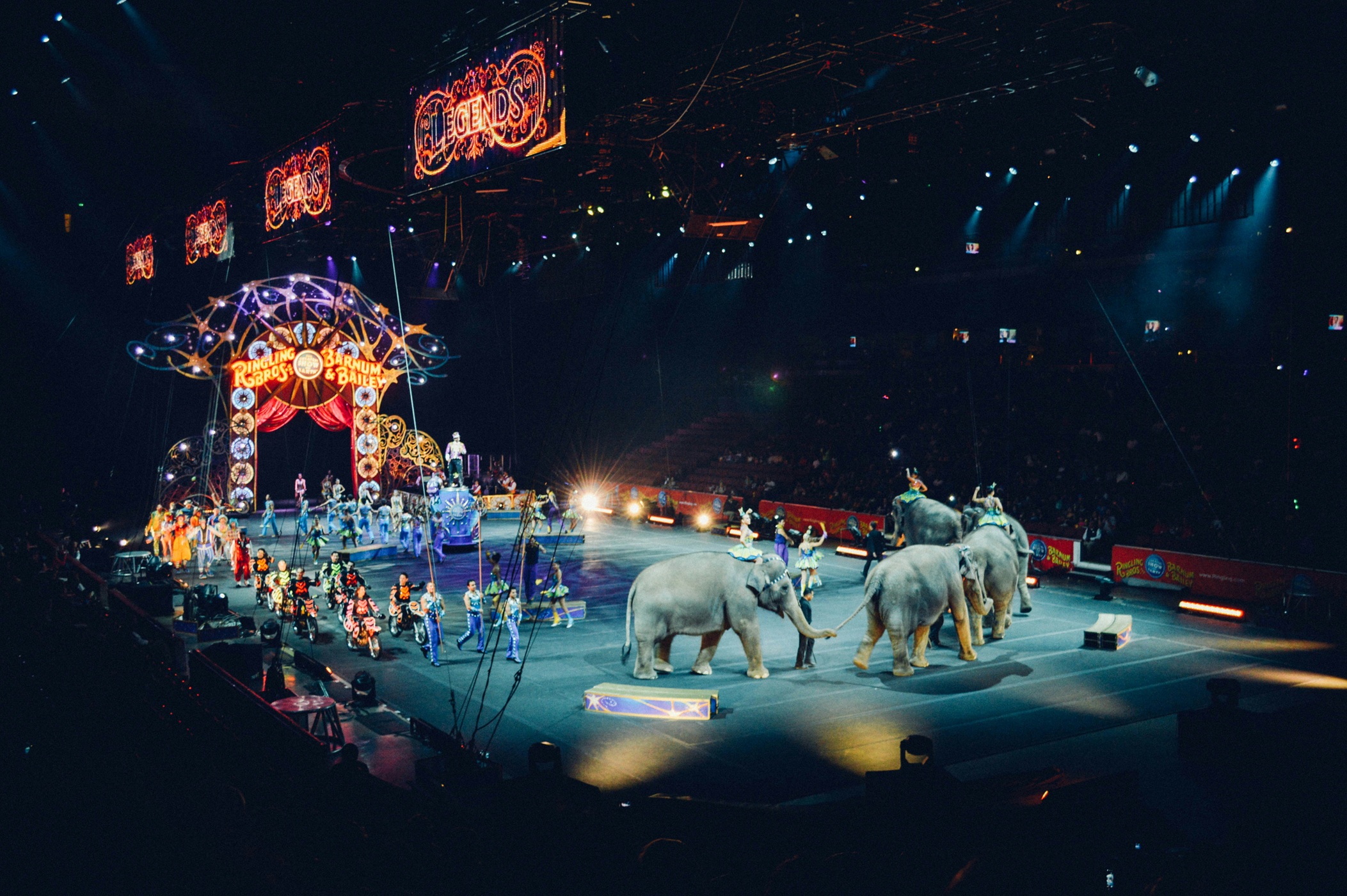It’s fitting that MediaCat Magazine’s September theme is Equilibrium. September’s mildness belies the true nature of the month as a period of transition, and a bellwether for things to come. There’s that familiar old ‘back to school’ feeling that accompanies cooler temperatures and shorter days (depending, of course, on the hemisphere). For Jewish people the world over September can also mean Rosh Hashanah and Yom Kippur, a period of deep reflection around the changing over to a new year. And, for those who worship at the altar of fashion, September means fashion weeks — in New York, London, Milan, and Paris. Inaccessible as runway fashions may feel, the world of fashion is fascinating because of the way it intertwines with culture.
Like culture, fashion is a space in which oppositional ideas and moments coexist, where contradictions are not only permitted but expected.
At NYFW, hyper-femininity shared space with utilitarian and understated styles
Ultra-feminine elements included bows, pearls, ribbons, and tulle, seen, for example, at Christian Siriano , Sandy Liang, and Mirror Palais. These hyper-feminine styles mirror trends like balletcore and aesthetics like coquette dressing. Meanwhile, sea shells and maritime influences shown by designers like Susan Fang and Di Petsa made it clear that Summer 2023’s mermaidcore may live to see another season, seconded by the popularity of crossover trend of mermaid ASMR.



Hyper femininity and mermaids shared space with utilitarian styles, like the industrial looks seen at Dion Lee, and stripped backed fashion, like the parade of tailored suiting at Helmet Lang.
Meanwhile, quiet luxury remains relevant, as evidenced by the prominence of minimalist brands like Khaite and Toteme. Credited with bringing Stealth Wealth dressing to the masses, Succession’s quiet luxury styling is moving further into mainstream culture thanks to more accessible and mid-price brands, as marks like Loro Piana and Brunello Cucinelli risk veering into the realm of self-satire with their £1000 turtlenecks (see Gstaad Guy).
Indeed, Succession costume designer Michelle Matland said the following about the show’s infamous styling: ‘These are costumes, not fashion… And so it’s very interesting that they become fashion.’
Of course, neither quiet luxury, nor its cousins old money and stealth wealth are new. 1965’s Take Ivy was an early attempt to capture the distinctive yet un-placeable dress sense of young members of the American elite.

Unpacking the codes of fashion is a time-honored tradition…
… and September’s fashion weeks remind us that these codes are as ingrained as they are transient. In fashion — as in culture — the coming and going of trends is all but guaranteed.
Culture is always on, as, these days, are the manifold options available for interacting with it. The aptitude of (in particular) younger generations for absorbing, digesting, and filing away the rumbles and stirrings of culture is impressive. The swift pace and production of micro-trends, vibes, and aesthetics stems from this ability to pick and choose the things we like from across time periods, genres, and cultural influences.
Recent online discourse on the oversaturation of trends and the breakneck pace of trend cycles has questioned whether the word holds any meaning. Yet adaptability is what keeps fashion exciting and relevant, allowing it to reflect as well as influence the world within which it exists. In fashion and in culture, finding equilibrium means accepting transience.
Featured imagine: Charlota Blunarova / Unsplash



















